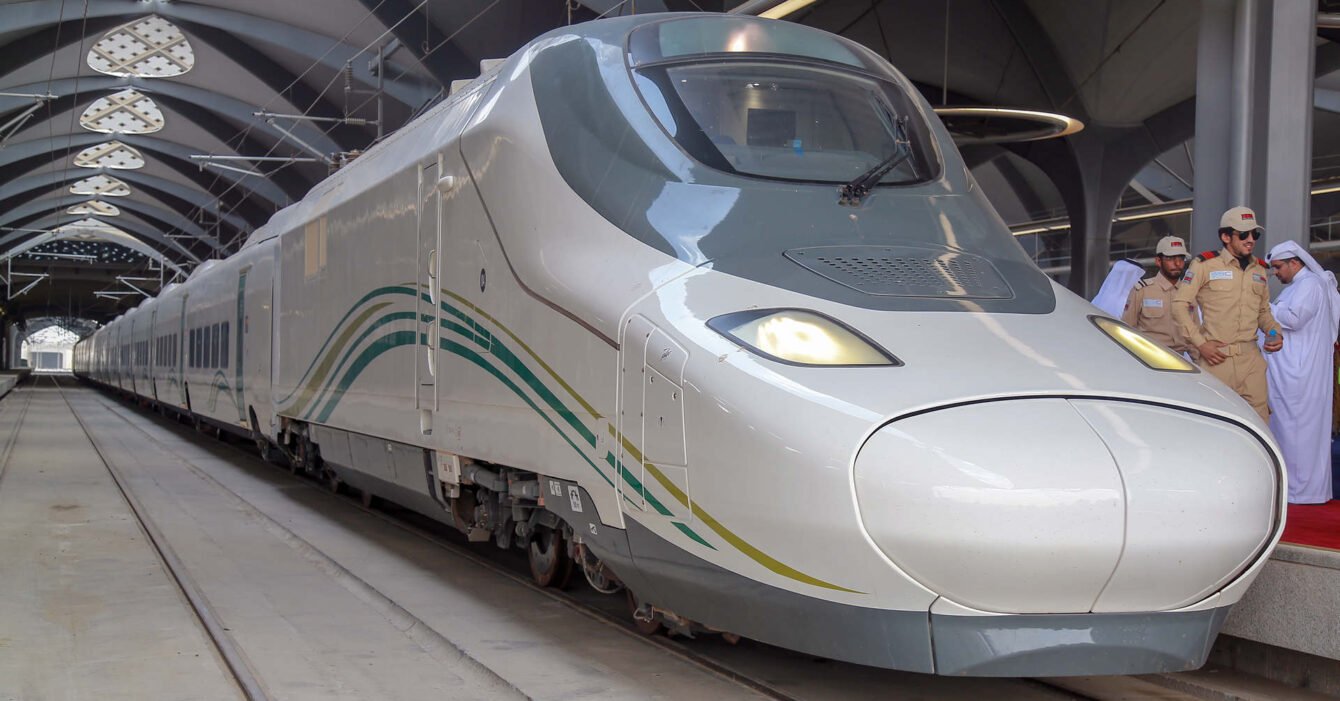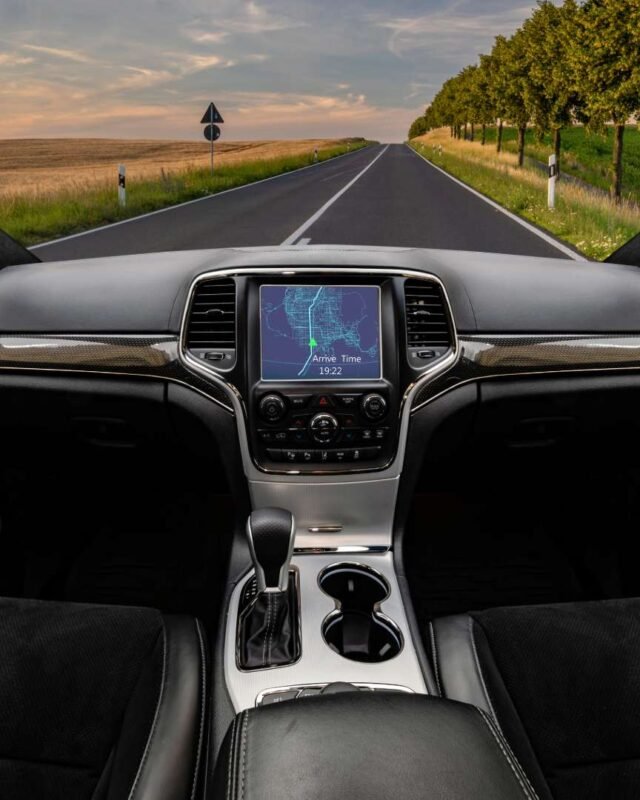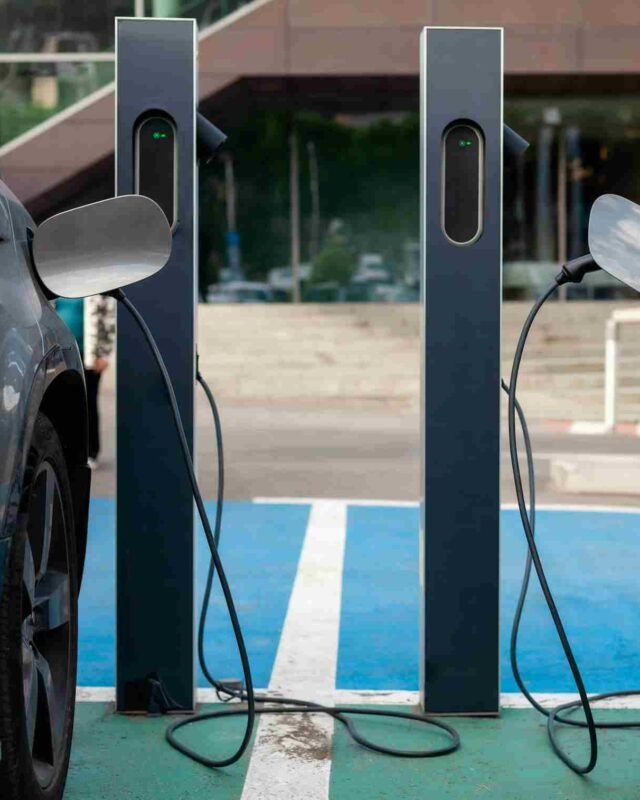The Role of Digital Public Transportation Systems in Saudi Arabia
In recent years, Saudi Arabia has embarked on an ambitious journey to modernize its transportation infrastructure under Vision 2030. A key component of this transformation is the integration of digital public transportation systems, which are revolutionizing the way people and goods move across the Kingdom.
One of the most notable aspects of this digital revolution is the projected revenue growth in the public transportation market, expected to reach US$0.92 billion by 2025. This substantial increase underscores the economic potential and investment opportunities within the sector, attracting both local and international stakeholders.
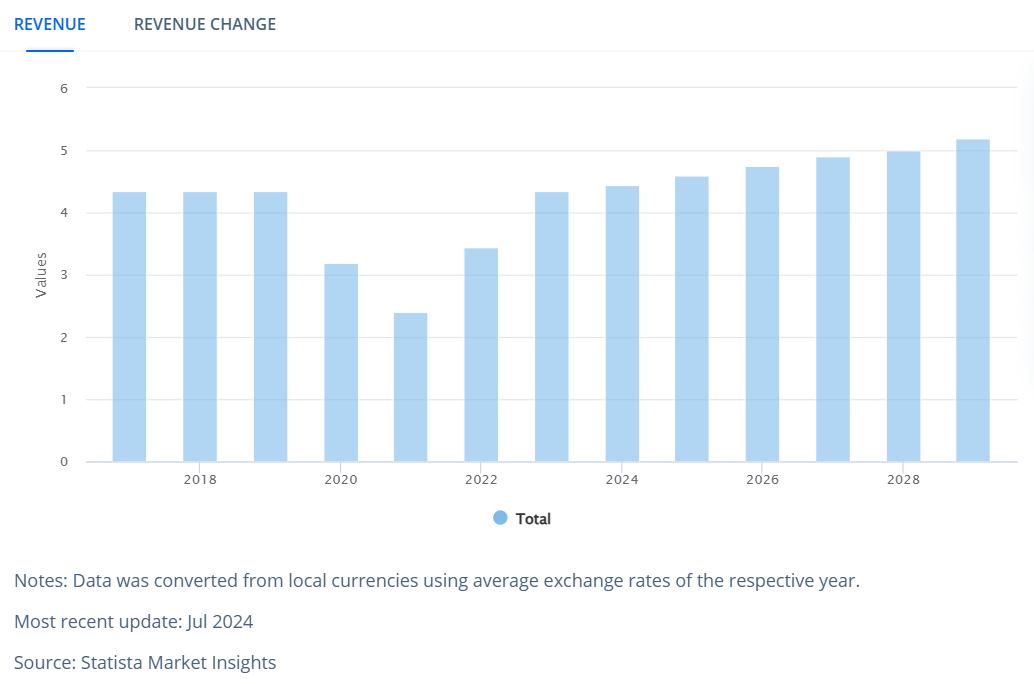
Urban Population Growth: Meeting the Demand for Digital Public Transportation
As the urban population continues to grow worldwide, with global urban travel constituting over 64% of total travel, the demand for efficient and reliable public transportation systems becomes even more pressing. Digital tools and platforms are playing a crucial role in meeting this demand by improving accessibility, efficiency, and reliability, including in Saudi Arabia.
Also Read: How AI Can Reduce Saudi Traffic Congestion by 25%
For instance, the Haramain High-Speed Railway, which connects Mecca and Medina, is a prime example of how digital systems are enhancing the efficiency of rail travel. With the integration of AI-powered systems, the railway’s operations are becoming more streamlined, with real-time data helping to manage train schedules, predict maintenance needs, and ensure the safety of passengers.
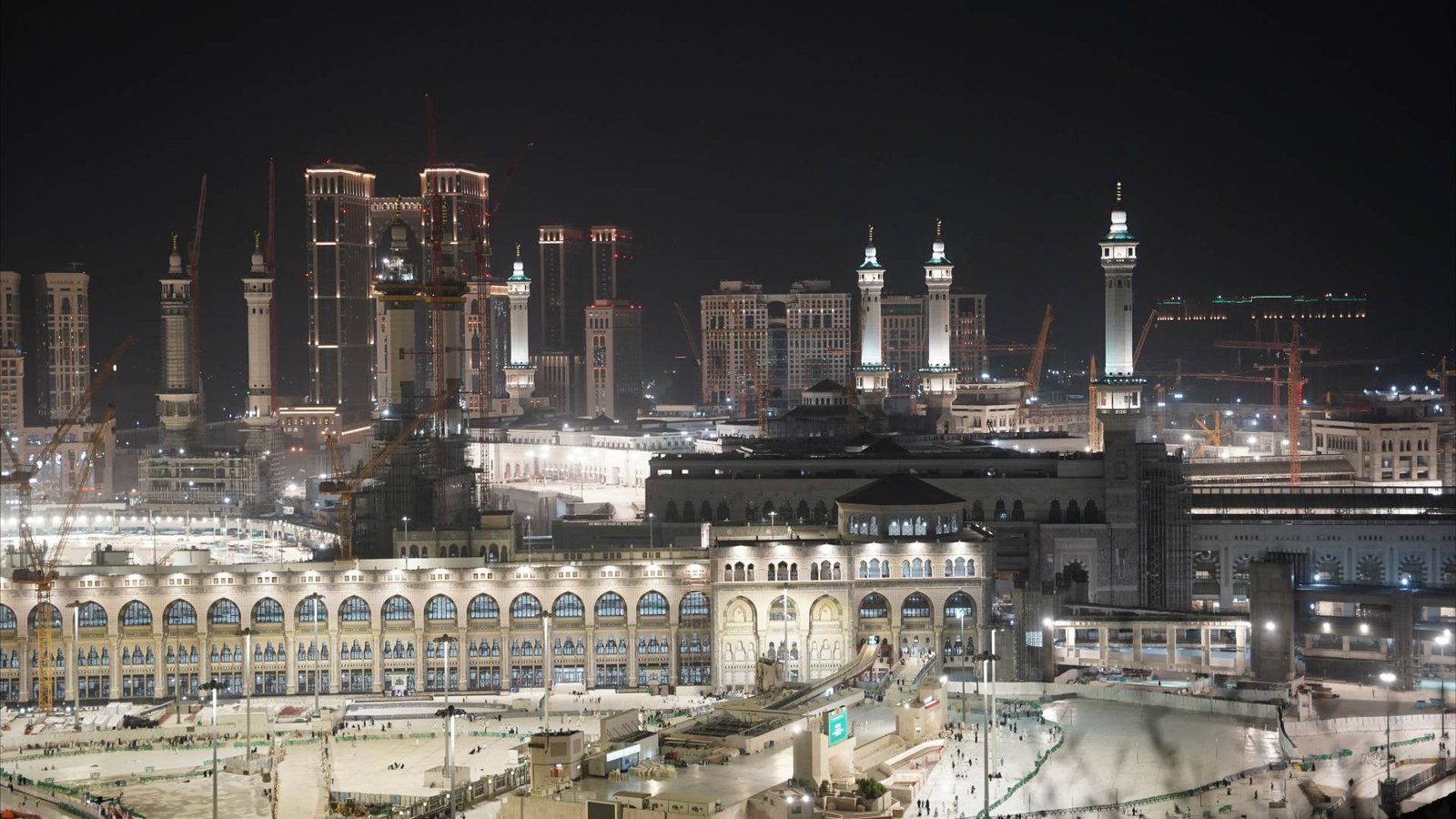
Moreover, the Kingdom’s push to modernize its transportation sector includes deploying cutting-edge technologies such as artificial intelligence (AI), Internet of Things (IoT), and smart mobility solutions. These initiatives are designed not only to address current challenges but also to position Saudi Arabia as a leader in global transportation innovation.
Autonomous Vehicles: Reducing Congestion and Emissions in Saudi Arabia
The introduction of autonomous vehicles within the Kingdom is another ambitious project aimed at reducing road congestion and carbon emissions while improving safety and convenience for travelers. Trials of driverless cars are already underway in major cities like Riyadh and Jeddah, showcasing the Kingdom’s commitment to embracing new technologies.
In addition to rail and road transportation, Saudi Arabia is also enhancing its maritime transport sector. Digital tools are being implemented in port management to increase efficiency in cargo handling and reduce turnaround times for ships. The adoption of blockchain technology for logistics and supply chain management is also being explored, ensuring that Saudi Arabia’s ports remain competitive on the global stage.
Public-Private Partnerships: Driving Innovation in Digital Public Transportation
The private sector is playing an integral role in these transformations, with numerous tech firms collaborating with the government to develop smart transportation solutions. This public-private partnership is essential for the successful implementation of digital public transportation systems and the overall modernization of the Kingdom’s infrastructure.
Furthermore, digital public transportation systems are not only improving operational efficiency but also enhancing the user experience. Mobile apps and digital payment systems are making it easier for passengers to plan their journeys, purchase tickets, and access real-time information on schedules and routes. This level of convenience is crucial in encouraging more people to use public transportation, thereby reducing traffic congestion and lowering carbon emissions.
Environmental Benefits: A Greener Future with Digital Public Transportation
The environmental benefits of digital public transportation systems cannot be overstated. By optimizing routes, reducing idle times, and promoting the use of electric and hybrid vehicles, these systems contribute to a significant reduction in greenhouse gas emissions. This aligns with Saudi Arabia’s broader environmental goals and its commitment to sustainable development.
In conclusion, the role of digital public transportation systems in Saudi Arabia is pivotal in achieving the goals set out in Vision 2030. By leveraging advanced technologies and fostering collaboration between the public and private sectors, the Kingdom is well on its way to creating a more efficient, reliable, and sustainable transportation network. The future of public transportation in Saudi Arabia looks promising, with digital innovations paving the way for a smarter and more connected society.
